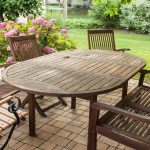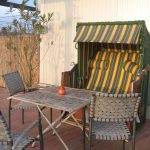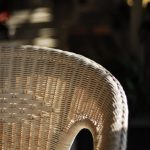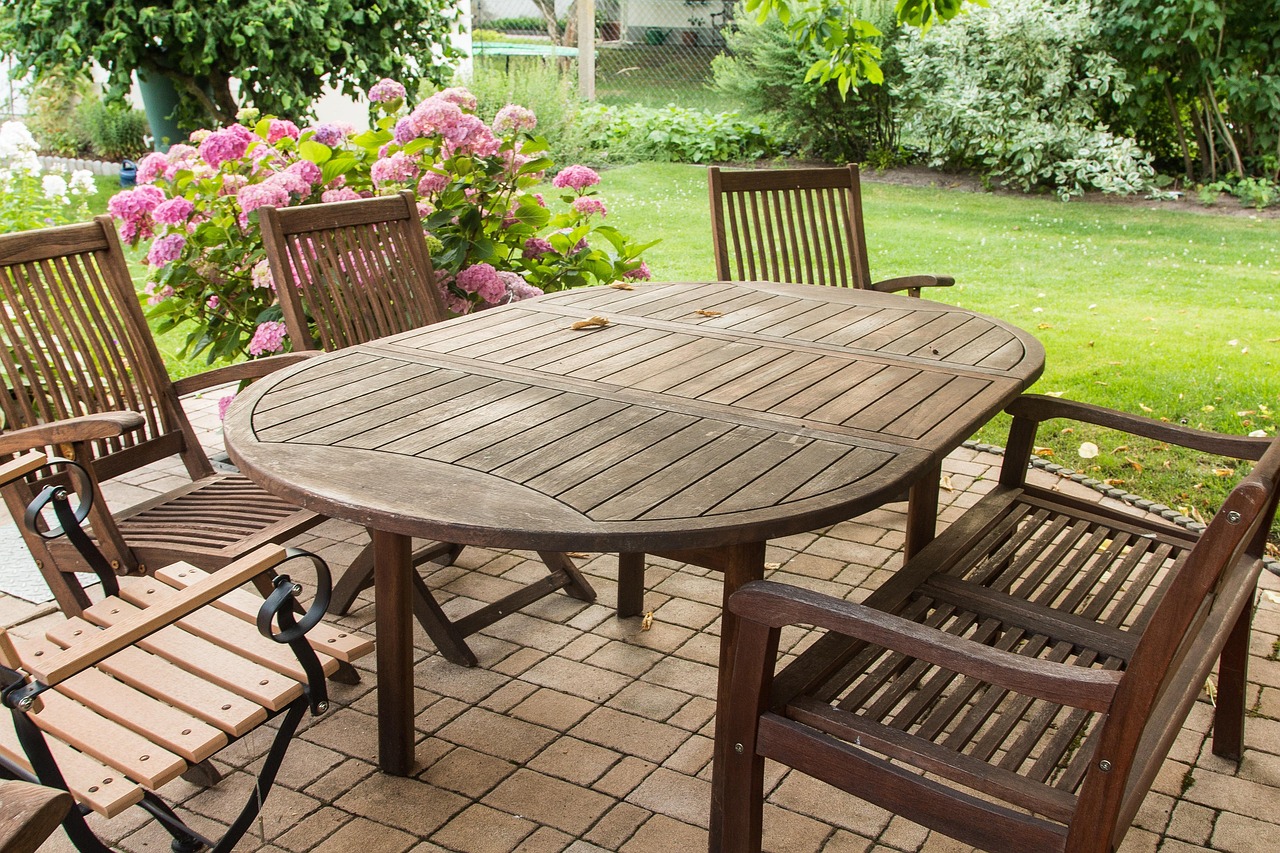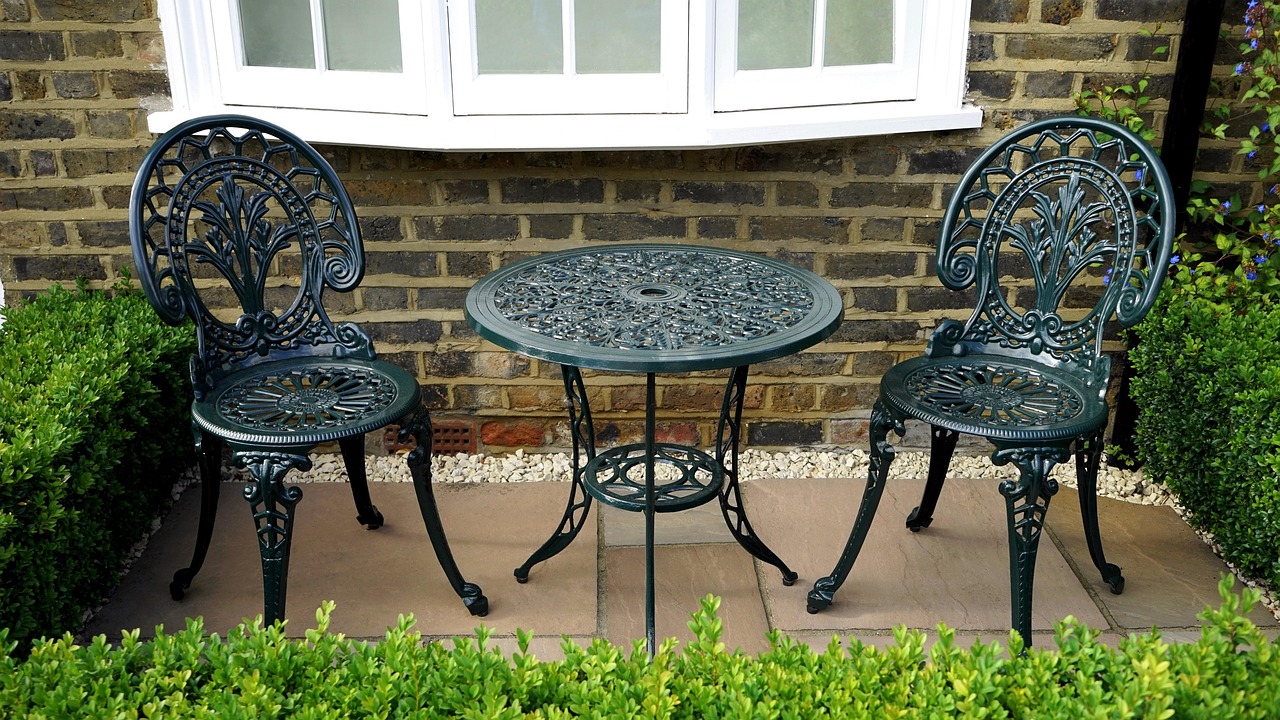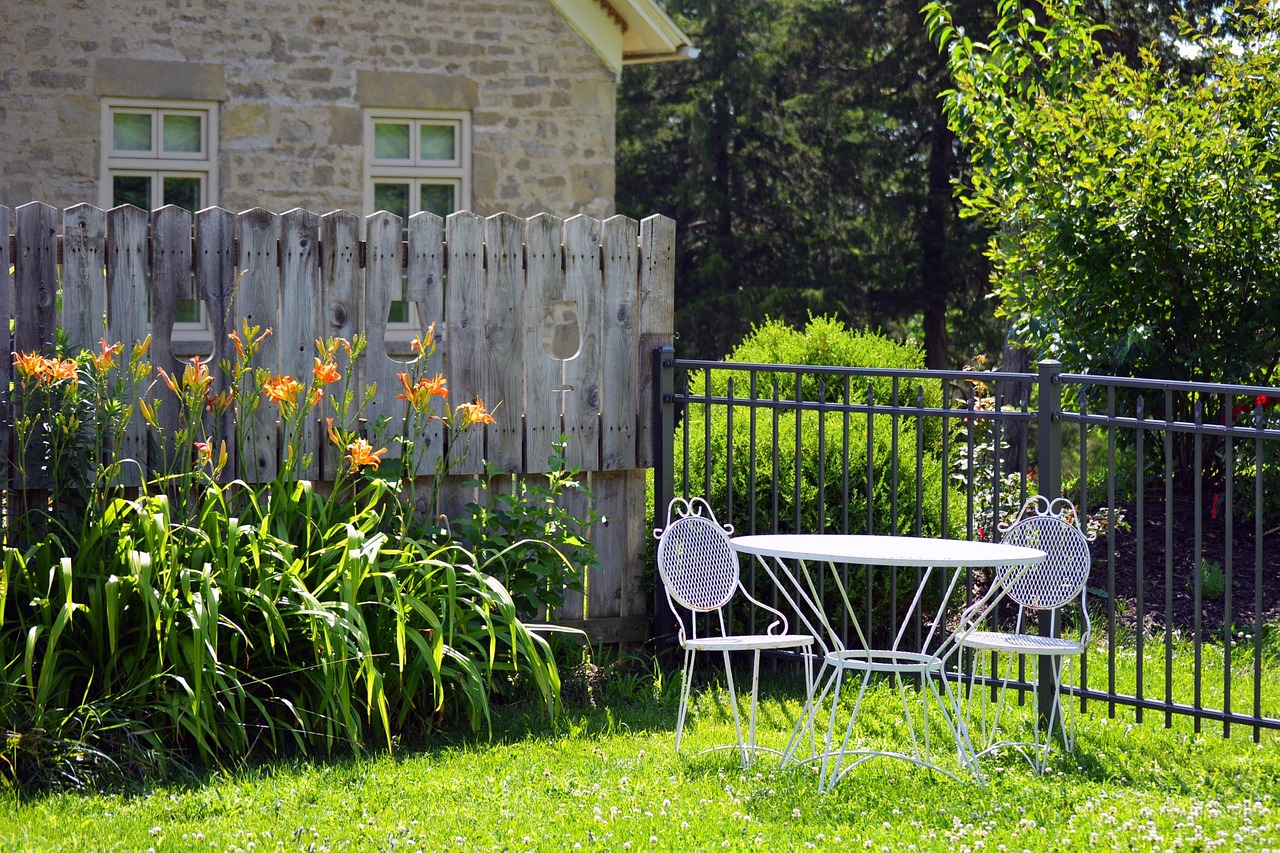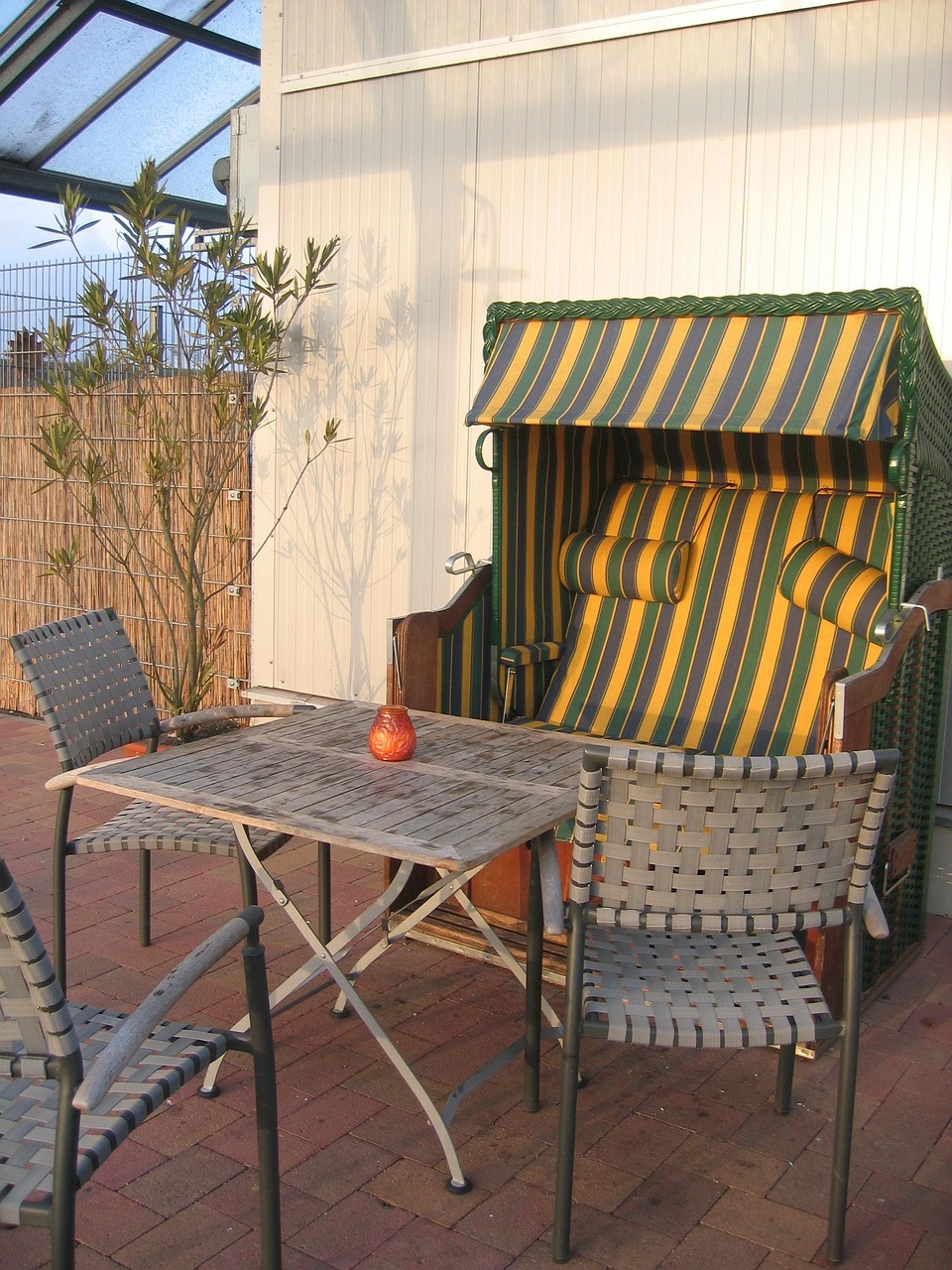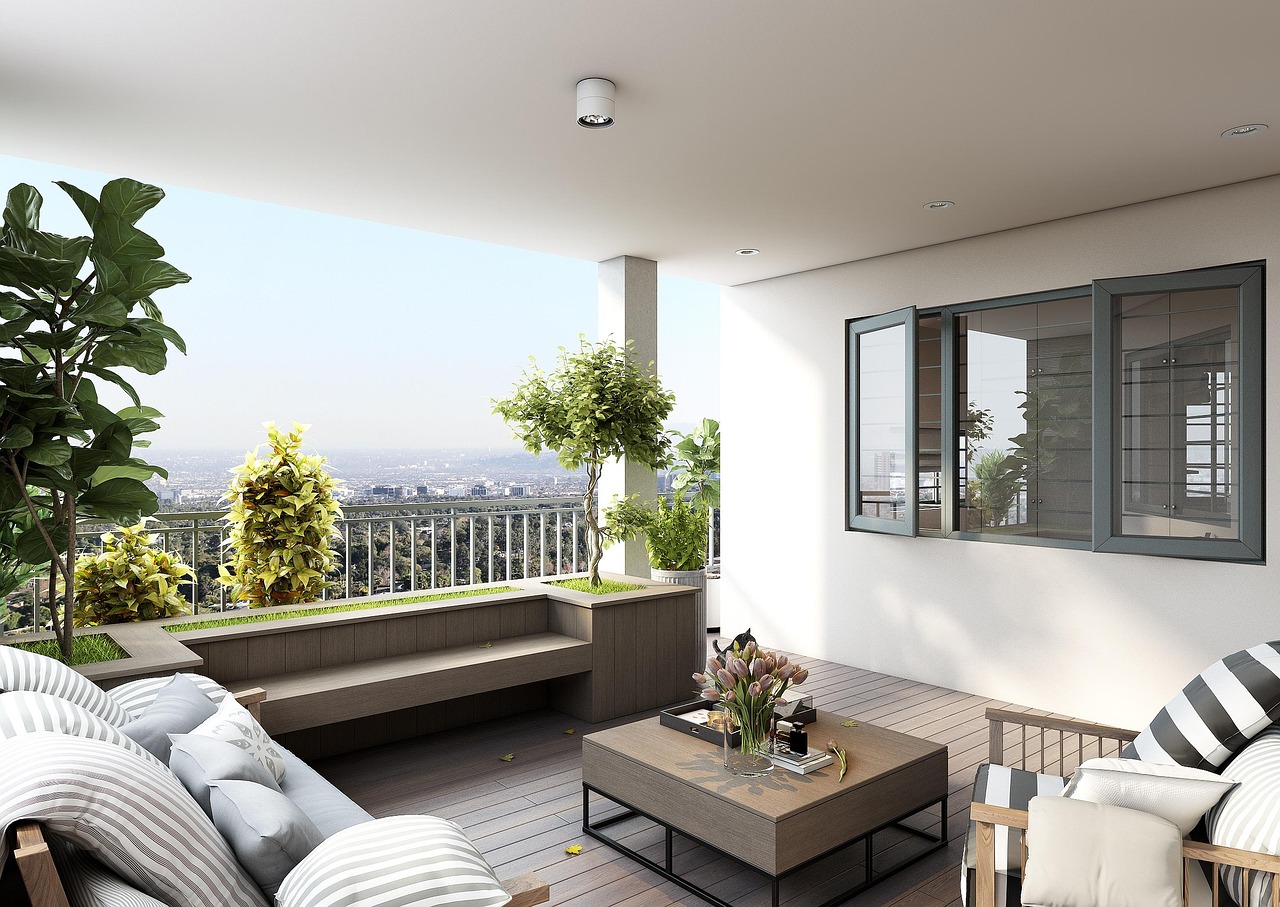How to Maintain Outdoor Furniture All Year Round: A Retailer’s Guide
The Importance of Year-Round Maintenance for Outdoor Furniture
Understanding the Value of Outdoor Furniture
Outdoor furniture is a significant investment for both retailers and consumers. It enhances the aesthetic appeal of outdoor spaces and provides comfort and functionality. Given its exposure to various weather conditions, maintaining outdoor furniture throughout the year is crucial to preserving its value and extending its lifespan.
Impact of Weather Conditions
Outdoor furniture is constantly exposed to the elements, including sun, rain, snow, and wind. Each of these weather conditions can have detrimental effects on different materials. For instance, prolonged sun exposure can cause fading and weaken the structural integrity of certain materials, while moisture from rain and snow can lead to rust, mold, and mildew. Understanding these impacts is essential for implementing effective maintenance strategies.
Cost-Effectiveness of Regular Maintenance
Regular maintenance of outdoor furniture is not just about preserving aesthetics; it is also a cost-effective strategy. By investing time and resources into year-round care, retailers can prevent costly repairs or replacements. This proactive approach ensures that the furniture remains in good condition, reducing the need for frequent inventory turnover and enhancing customer satisfaction.
Enhancing Customer Satisfaction and Loyalty
For retailers, maintaining outdoor furniture year-round is also about customer satisfaction. Well-maintained furniture reflects positively on a retailer’s brand, demonstrating a commitment to quality and customer care. This can lead to increased customer loyalty, as consumers are more likely to return to a retailer they trust to provide durable and well-cared-for products.
Competitive Advantage in the Retail Market
In a competitive retail market, offering well-maintained outdoor furniture can set a retailer apart from competitors. Customers are more likely to choose a retailer that provides high-quality, long-lasting products. By emphasizing year-round maintenance, retailers can position themselves as leaders in the market, attracting discerning customers who value durability and quality.
Environmental Considerations
Year-round maintenance of outdoor furniture also aligns with sustainable practices. By extending the life of furniture, retailers contribute to reducing waste and minimizing the environmental impact associated with manufacturing new products. This approach not only benefits the environment but also appeals to environmentally conscious consumers, further enhancing a retailer’s reputation and market appeal.
Understanding Seasonal Challenges: Weather Impacts on Outdoor Furniture
Temperature Fluctuations
Effects of Extreme Heat
High temperatures can cause significant damage to outdoor furniture. Materials like plastic and certain types of wood may warp or crack under intense heat. Metal furniture can become hot to the touch, posing a risk to users. UV rays can also cause fading and deterioration of finishes, leading to a loss of aesthetic appeal and structural integrity.
Effects of Cold Weather
Cold weather can be equally damaging. Freezing temperatures can cause materials to contract, leading to cracks and splits, especially in wood and plastic. Metal furniture may become brittle and more susceptible to damage. The freeze-thaw cycle can exacerbate these issues, particularly in porous materials that absorb moisture.
Precipitation
Rain and Humidity
Rain and high humidity levels can lead to moisture accumulation, which is particularly harmful to wood and metal furniture. Wood can swell, warp, or rot if not properly treated or sealed. Metal is prone to rust and corrosion, especially if protective coatings are compromised. Mold and mildew can also develop on damp surfaces, posing health risks and damaging the furniture.
Snow and Ice
Snow and ice present unique challenges. The weight of snow can strain and potentially break furniture, while ice can cause surfaces to become slippery and hazardous. The moisture from melting snow and ice can seep into materials, leading to similar issues as rain, such as rust, rot, and mold.
Wind
Impact of Strong Winds
Strong winds can cause physical damage to outdoor furniture by tipping it over or blowing it away, leading to scratches, dents, or breakage. Lightweight furniture is particularly vulnerable, and unsecured items can become projectiles, posing safety risks. Wind can also carry debris that may scratch or damage surfaces.
Sun Exposure
UV Radiation
Prolonged exposure to sunlight can lead to fading and discoloration of furniture materials. UV radiation can weaken the structural integrity of certain plastics and fabrics, making them brittle and prone to tearing. Protective finishes on wood and metal can degrade, reducing their effectiveness against other weather elements.
Seasonal Maintenance Tips
Protective Measures
To mitigate weather impacts, retailers can recommend protective measures such as using covers, applying sealants, and storing furniture indoors during extreme weather conditions. Regular maintenance, such as cleaning and inspecting for damage, can extend the life of outdoor furniture.
Material-Specific Care
Different materials require specific care strategies. For example, teak wood benefits from regular oiling to maintain its natural oils, while metal furniture may need rust-resistant coatings. Understanding the unique needs of each material can help in developing effective maintenance routines.
Spring Strategies: Preparing and Refreshing Outdoor Furniture
Assessing the Condition of Outdoor Furniture
Inspect for Damage and Wear
Begin by thoroughly inspecting each piece of outdoor furniture for any signs of damage or wear. Look for cracks, rust, loose screws, or any other structural issues that may have developed over the winter months. Pay special attention to joints and connections, as these areas are often the first to show signs of wear.
Evaluate Material-Specific Concerns
Different materials require different assessments. For wooden furniture, check for signs of rot or insect damage. Metal furniture should be inspected for rust or corrosion, while plastic or resin pieces may have become brittle or faded. Cushions and fabrics should be checked for mold, mildew, or fading.
Cleaning and Maintenance
Deep Cleaning Techniques
Use appropriate cleaning methods for each type of material. Wooden furniture can be cleaned with a mild soap and water solution, while metal pieces may require a rust remover or metal cleaner. Plastic furniture can often be cleaned with a simple mixture of water and vinegar. For fabrics, use a fabric cleaner or a mixture of water and mild detergent.
Protective Treatments
Apply protective treatments to extend the life of your furniture. Wooden pieces may benefit from a fresh coat of sealant or oil to protect against moisture and UV damage. Metal furniture can be treated with a rust-resistant primer and paint. Consider applying a UV protectant spray to plastic and resin furniture to prevent fading.
Repair and Refurbishment
Addressing Minor Repairs
Tackle minor repairs such as tightening screws, replacing missing hardware, or sanding down rough edges. For wooden furniture, fill any cracks or holes with wood filler and sand smooth. Metal pieces may need welding or patching to address rust damage.
Refurbishing for a Fresh Look
Consider refurbishing furniture to give it a fresh look for the new season. This could involve repainting metal or wooden pieces, re-staining wood, or replacing worn-out cushions and fabrics. Choose colors and patterns that align with current trends to attract customers.
Storage and Display Considerations
Optimal Storage Solutions
Evaluate your storage solutions to ensure they protect furniture from the elements when not in use. Consider investing in weatherproof covers or storage sheds to keep furniture safe from rain and sun damage.
Effective Display Techniques
Create inviting displays that showcase the versatility and appeal of your outdoor furniture. Arrange pieces in a way that highlights their functionality and style, using accessories like outdoor rugs, potted plants, and lighting to create an appealing outdoor living space.
Summer Care: Protecting Against Sun and Heat Damage
Understanding Sun and Heat Damage
Outdoor furniture is constantly exposed to the elements, and during summer, the sun and heat can be particularly harsh. Prolonged exposure to UV rays can cause fading, discoloration, and weakening of materials. Heat can lead to warping, cracking, and other structural damage. Understanding these risks is the first step in implementing effective protective measures.
Choosing the Right Materials
When selecting outdoor furniture, consider materials that are naturally resistant to sun and heat damage. Teak, eucalyptus, and cedar are popular wood choices due to their natural oils that offer some protection. Metal furniture, especially aluminum, is durable and less prone to heat damage. Synthetic materials like high-density polyethylene (HDPE) are designed to withstand UV exposure without fading or cracking.
Regular Cleaning and Maintenance
Regular cleaning is essential to maintain the appearance and longevity of outdoor furniture. Use mild soap and water to clean surfaces, removing dirt and debris that can cause abrasion and wear. For wood furniture, apply a protective oil or sealant to enhance its natural resistance to sun damage. Metal furniture may require a protective wax or coating to prevent rust and corrosion.
Using Protective Covers
Invest in high-quality protective covers to shield furniture from direct sunlight when not in use. Look for covers made from UV-resistant materials that offer ventilation to prevent moisture buildup. Ensure the covers fit snugly to prevent wind from dislodging them, and use tie-downs or weights if necessary.
Strategic Placement and Shading
Position outdoor furniture in shaded areas whenever possible. Utilize natural shade from trees or install structures like pergolas, umbrellas, or awnings to provide additional protection. Movable furniture can be rearranged throughout the day to take advantage of shifting shade patterns.
Applying UV Protectant Sprays
UV protectant sprays are available for various materials, including wood, metal, and fabric. These sprays create a barrier that helps prevent fading and degradation caused by UV rays. Follow the manufacturer’s instructions for application frequency and ensure the product is suitable for the specific material of your furniture.
Monitoring and Repairing Damage
Regularly inspect outdoor furniture for signs of sun and heat damage. Look for fading, cracks, or warping, and address issues promptly to prevent further deterioration. Repair or replace damaged components as needed to maintain the structural integrity and appearance of the furniture.
Autumn Maintenance: Prepping Furniture for Cooler Weather
Cleaning and Inspecting
Deep Cleaning
As autumn approaches, it’s essential to give outdoor furniture a thorough cleaning to remove any dirt, debris, or mildew that may have accumulated over the summer months. Use a mild soap and water solution for most materials, and consider a specialized cleaner for tougher stains or specific materials like teak or metal. Ensure all surfaces are scrubbed and rinsed thoroughly to prevent any residue from causing damage over the winter months.
Inspecting for Damage
Carefully inspect each piece of furniture for signs of wear and tear, such as rust, cracks, or loose joints. Addressing these issues before the colder weather sets in can prevent further damage. Tighten any loose screws or bolts, and consider applying a rust-resistant primer to metal surfaces showing signs of corrosion.
Protective Measures
Applying Protective Coatings
For wooden furniture, apply a weather-resistant sealant to protect against moisture and temperature fluctuations. Metal furniture can benefit from a fresh coat of paint or a rust-inhibiting spray. These protective coatings help to extend the life of the furniture by providing a barrier against the elements.
Using Furniture Covers
Invest in high-quality, weatherproof covers to shield furniture from rain, snow, and falling leaves. Ensure the covers fit snugly and are secured to prevent them from blowing away in strong winds. Covers should be breathable to prevent moisture buildup, which can lead to mold and mildew.
Storage Solutions
Optimal Storage Locations
If possible, store furniture in a garage, shed, or other covered area to protect it from the elements. Ensure the storage space is dry and well-ventilated to prevent moisture-related damage. For larger pieces that cannot be moved, consider rearranging them to minimize exposure to harsh weather conditions.
Disassembling Furniture
For furniture that can be disassembled, take it apart to save space and reduce the risk of damage. Store smaller components in labeled containers to make reassembly easier in the spring. This step is particularly useful for items like tables and chairs with removable legs or folding mechanisms.
Preparing Cushions and Fabrics
Cleaning and Storing Cushions
Remove and clean all cushions and fabric elements according to the manufacturer’s instructions. Allow them to dry completely before storing them in a dry, cool place. Use vacuum-sealed bags or airtight containers to protect them from moisture and pests.
Treating Fabrics
Consider applying a fabric protector to cushions and umbrellas to repel water and stains. This treatment can help maintain the appearance and durability of the fabrics throughout the colder months.
Winter Protection: Safeguarding Against Cold and Moisture
Understanding Material Vulnerabilities
Different materials react differently to cold and moisture. Wood can warp or crack, metal may rust, and plastic can become brittle. Understanding these vulnerabilities is crucial for implementing effective protection strategies. For instance, teak and cedar are more resistant to moisture, while wrought iron requires more attention to prevent rust.
Cleaning and Preparing Furniture
Before winter sets in, thoroughly clean all outdoor furniture. Remove dirt, debris, and any mildew that may have accumulated. Use appropriate cleaning solutions for each material type. For wood, a mild soap and water solution is often sufficient, while metal may require a rust remover. Ensure all furniture is completely dry before proceeding to the next steps.
Applying Protective Coatings
Protective coatings can significantly enhance the durability of outdoor furniture during winter. For wooden furniture, apply a high-quality sealant or wood oil to prevent moisture absorption. Metal furniture benefits from a rust-resistant primer or paint. For plastic furniture, a UV-protectant spray can help maintain its integrity.
Utilizing Furniture Covers
Invest in high-quality, weather-resistant covers specifically designed for outdoor furniture. These covers should be waterproof and breathable to prevent moisture buildup underneath. Ensure they fit snugly to avoid being blown away by strong winds. Covers with tie-downs or elastic hems offer additional security.
Storing Furniture Properly
Whenever possible, store outdoor furniture indoors during the winter months. Garages, sheds, or basements provide ideal storage environments. If indoor storage is not feasible, elevate furniture off the ground to prevent contact with snow or standing water. Use pallets or bricks to create a barrier between the furniture and the ground.
Regular Maintenance Checks
Conduct regular maintenance checks throughout the winter. Inspect furniture for signs of damage, such as rust spots on metal or cracks in wood. Address any issues promptly to prevent further deterioration. Tighten loose screws or bolts and replace any damaged parts as needed.
Addressing Moisture Accumulation
Moisture accumulation can lead to mold and mildew growth. Ensure that furniture covers are breathable to allow moisture to escape. If moisture does accumulate, remove the covers on dry days to allow the furniture to air out. Use a soft cloth to wipe away any moisture that may have collected.
Preventing Pest Infestations
Winter can drive pests to seek shelter in outdoor furniture. To prevent infestations, clean furniture thoroughly and consider using natural repellents like cedar blocks or essential oils. Regularly check for signs of pests and take action if necessary to protect your furniture.
Material-Specific Tips: Tailoring Care to Different Types of Outdoor Furniture
Wood Furniture
Teak
Teak is a popular choice for outdoor furniture due to its natural resistance to weather and pests. To maintain its golden hue, apply a teak sealer annually. Clean regularly with a mild soap solution and a soft brush to remove dirt and prevent mildew. Avoid using harsh chemicals that can strip the wood’s natural oils.
Cedar
Cedar is known for its natural insect-repelling properties. To preserve its color, apply a wood stain or sealant every couple of years. Clean with a gentle soap and water solution, and sand lightly to remove any rough spots or stains. Store cedar furniture indoors during harsh winter months to extend its lifespan.
Eucalyptus
Eucalyptus is a durable hardwood that requires regular oiling to maintain its rich color. Use a natural oil or a specialized eucalyptus oil every few months. Clean with a soft cloth and mild detergent, and avoid leaving it in standing water to prevent warping.
Metal Furniture
Aluminum
Aluminum furniture is lightweight and rust-resistant, making it ideal for outdoor use. Clean with a mixture of water and mild dish soap, and rinse thoroughly. For added protection, apply a coat of car wax to prevent oxidation and maintain its shine.
Wrought Iron
Wrought iron is sturdy but prone to rust. Regularly inspect for rust spots and treat them with a rust remover or sandpaper. Apply a rust-resistant primer and paint to protect the surface. Cover or store indoors during wet seasons to prevent rusting.
Steel
Steel furniture is strong but can rust if not properly maintained. Use a rust-inhibiting primer and paint to protect the surface. Clean with a mild soap solution and dry thoroughly. Consider using furniture covers during rainy seasons to prevent moisture buildup.
Plastic and Resin Furniture
Polypropylene
Polypropylene is a durable plastic that is easy to maintain. Clean with a mixture of water and mild detergent, and use a soft brush to remove dirt. Avoid using abrasive cleaners that can scratch the surface. Store indoors or cover during extreme weather to prevent fading.
Resin Wicker
Resin wicker is weather-resistant and requires minimal maintenance. Clean with a soft cloth and soapy water, and rinse thoroughly. Avoid using bleach or harsh chemicals that can damage the material. Use furniture covers to protect against UV rays and prolong its lifespan.
Fabric and Cushions
Outdoor Fabrics
Outdoor fabrics are designed to withstand the elements but still require care. Clean regularly with a mild soap solution and a soft brush. For stubborn stains, use a fabric cleaner specifically designed for outdoor use. Store cushions indoors during inclement weather to prevent mold and mildew.
Sunbrella
Sunbrella fabric is known for its durability and fade resistance. Clean with a mixture of water and mild soap, and rinse thoroughly. For deeper cleaning, use a bleach solution as recommended by the manufacturer. Allow the fabric to air dry completely before storing or using again.
Conclusion: Long-Term Benefits of Consistent Maintenance Practices
Enhanced Durability and Longevity
Consistent maintenance practices significantly enhance the durability and longevity of outdoor furniture. By regularly cleaning, inspecting, and repairing furniture, retailers can prevent minor issues from escalating into major problems. This proactive approach helps in preserving the structural integrity and aesthetic appeal of the furniture, ensuring it remains functional and attractive for a longer period. Regular maintenance also helps in protecting furniture from environmental factors such as UV rays, moisture, and temperature fluctuations, which can cause wear and tear over time.
Cost Savings
Investing in regular maintenance can lead to substantial cost savings in the long run. By addressing potential issues early, retailers can avoid costly repairs or replacements. Preventive maintenance reduces the likelihood of significant damage, thereby minimizing the need for expensive interventions. This approach not only saves money but also allows retailers to allocate resources more efficiently, focusing on other areas of business growth and development.
Improved Customer Satisfaction
Well-maintained outdoor furniture enhances the shopping experience for customers, leading to improved satisfaction and loyalty. When customers see that a retailer takes pride in maintaining their products, it builds trust and confidence in the brand. Satisfied customers are more likely to return and recommend the retailer to others, contributing to increased sales and a stronger market presence. Consistent maintenance practices demonstrate a commitment to quality, which resonates positively with consumers.
Environmental Responsibility
Consistent maintenance practices contribute to environmental sustainability by extending the life of outdoor furniture and reducing waste. By keeping furniture in good condition, retailers can decrease the frequency of replacements, thereby minimizing the environmental impact associated with manufacturing and disposing of furniture. This approach aligns with growing consumer demand for environmentally responsible business practices, enhancing the retailer’s reputation as a sustainable and eco-friendly brand.
Competitive Advantage
Retailers who prioritize consistent maintenance practices can gain a competitive advantage in the market. By offering high-quality, well-maintained outdoor furniture, they can differentiate themselves from competitors who may not invest in regular upkeep. This distinction can attract discerning customers who value quality and reliability, helping the retailer to capture a larger market share. A reputation for excellence in product maintenance can also lead to partnerships and collaborations with other businesses, further enhancing the retailer’s market position.
